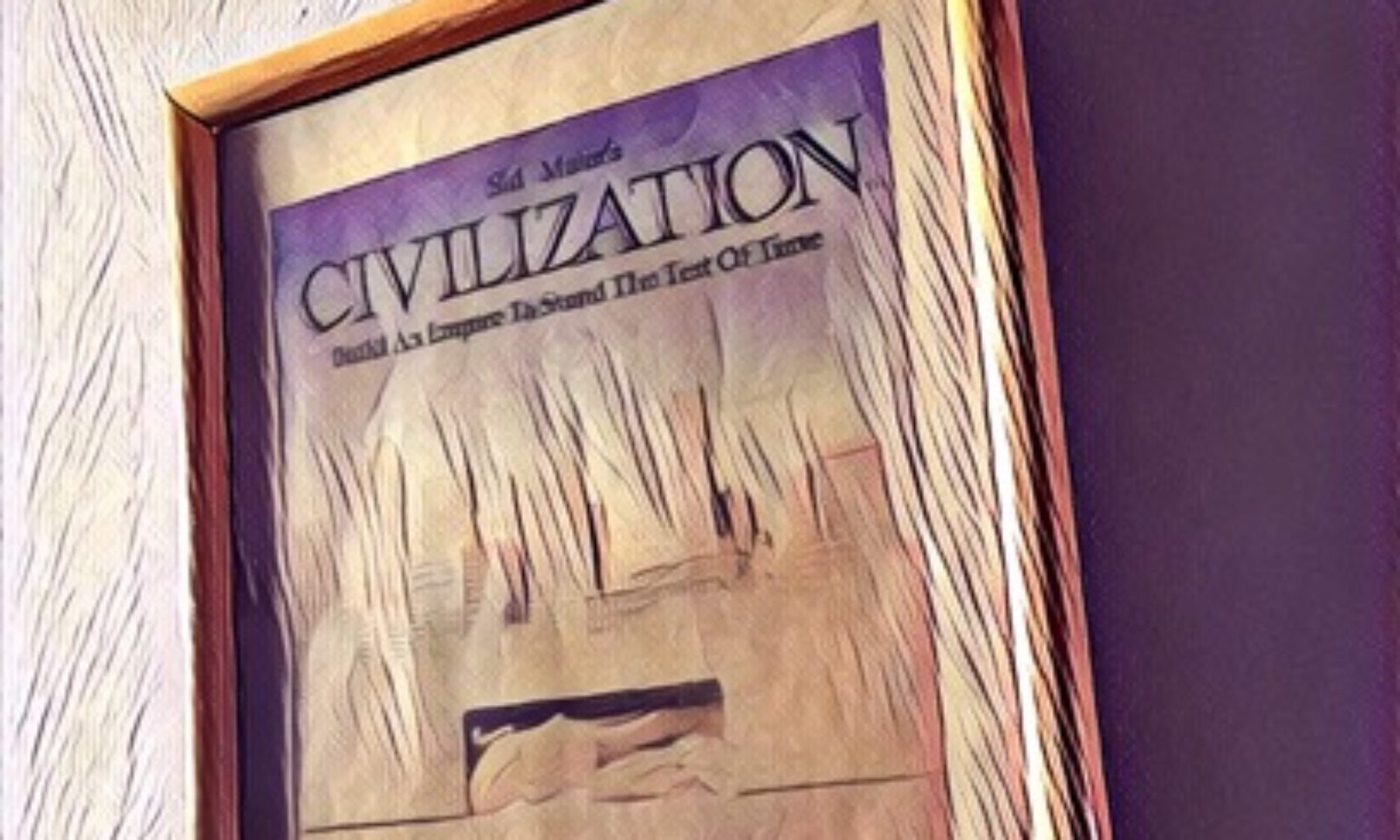Steven Spielberg effortlessly climbed the scales of box office glory, Arnold tripped on a sidekick en route to success and buff Sly could still hang on to the top of the crop: dinosaurs sent shockwaves through the world of 1993.
Romping, stomping and trampling all over the place, the adaptation of Michael Crichton’s unforgettable Jurassic Park dominated school yards and office tittle-tattle as Steven Spielberg had once again proven his deft hand at filmmaking. As much an inspired update on Jaws as a technological breakthrough, the blockbuster made Industrial Light and Magic the industry’s first and foremost expert on character animation.

This truly was history in the making: film posters would henceforth carry the brand-new “Visual Effects and Character Animation by Industrial Light and Magic”-label, while stop-motion wizard and inventor of the go-motion technique Phil Tippett made a memorable remark: “I think I am extinct!” Another venerable proponent of the entertainment industry did not share this pessimistic appraisal of the situation, however, as digital technology let him rediscover the fire of movie making. His name: George Lucas.
At the time, Steven Spielberg worked virtually non-stop, finishing the dinosaur epic on the one hand while starting principal photography on the Academy Award-winning Schindler’s List in Europe. Scheduling issues ultimately won the better of him and Spielberg had to turn to his lifelong buddy George to handle post-production.
To shoulder the responsibility for Universal’s tentpole picture of 1993 was no small feat when put in the proper historic context. Jurassic Park was the very first motion picture, one can argue, that hinged inseparably on the level of photorealism of the virtual images. Early CGI was abstract (think TRON’s light cycles) or mimicked nature in exaggerated, fantastic ways (shape-shifting liquid cyborgs, stained-glass knights and the like). Yet now audiences were required to suspend their disbelief to enjoy living, breathing animals made of bones, skin and hair.
Needless to say, Lucas and Dennis Muren’s ILM team passed the test with flying colours. Another Academy Award was inevitable.

As luck would have it, the large scale assault of CGI on the motion picture industry occurred in the same year that ROTJ stuck 10 lightsabers into its birthday cake. The true icing was however neither the mammoth Star Wars – The Definitive Collection laserdisc set – the first THX certified home video release ever, nor the blockbuster Lucasarts release Rebel Assault, the legendary CD ROM game that, together with Virgin’s The 7th Guest, turned CD ROM drives into ubiquitous PC peripherals.

It was an inconspicuous article in the trade paper Variety.
On October 4th, 1993, weekly Variety’s headline read: “The Force is with Him: ‘Star Wars’ savant Lucas plans celluloid comeback”. It featured a most excellent cartoon by J-C Suares that showed George Lucas landing in true MacArthur-fashion, pipe included, on the beaches of pop culture, with a merry band of droids, archeologist and Jedi knights in tow…

This most interesting article by Andy Marx and Max Alexander reveals that “the three ‘Star Wars’ prequels will be shot simultaneously within the next four years”, although “the technology that will enable special effects-laden films to be [made] more economically is still not fully developed”, according to ILM VP Jim Morris. Adds Gordon Radley, then president of Lucasfilm: “George considers the development of this technology to be as important as the development of the scripts.”
The article closed with another quote from Radley, dismissing any concerns that interest in Star Wars, and in particular a prequel storyline featuring different actors, may have waned: “We’re looking at these films as brand new franchises, separate from the originals.”
Although the Variety article stated that the technology was not yet ready and surmised that George Lucas would not likely take directorial reigns again, the inventor of Ewoks would later state in many interviews that his friend Steven’s Jurassic Park was indeed the point he knew that “we could do it.”

Clever media strategies, 10 years of ROTJ and an enthusiastic George Lucas: 1993 did indeed mark the return of the dinosaurs.
